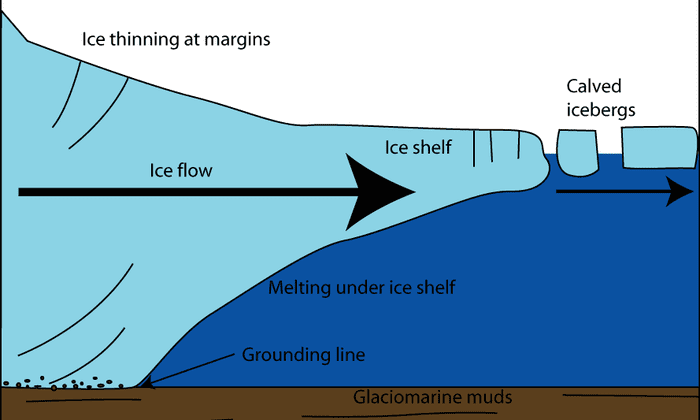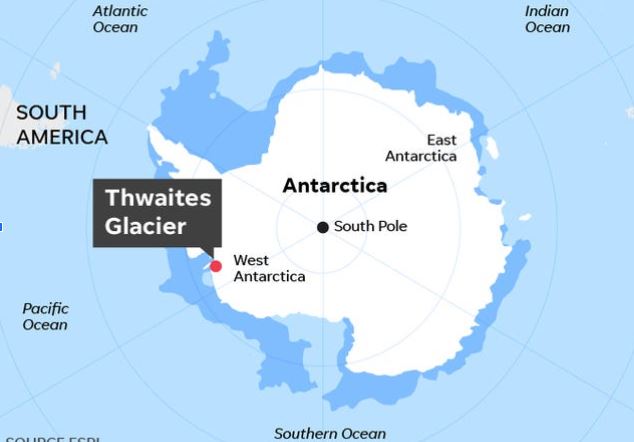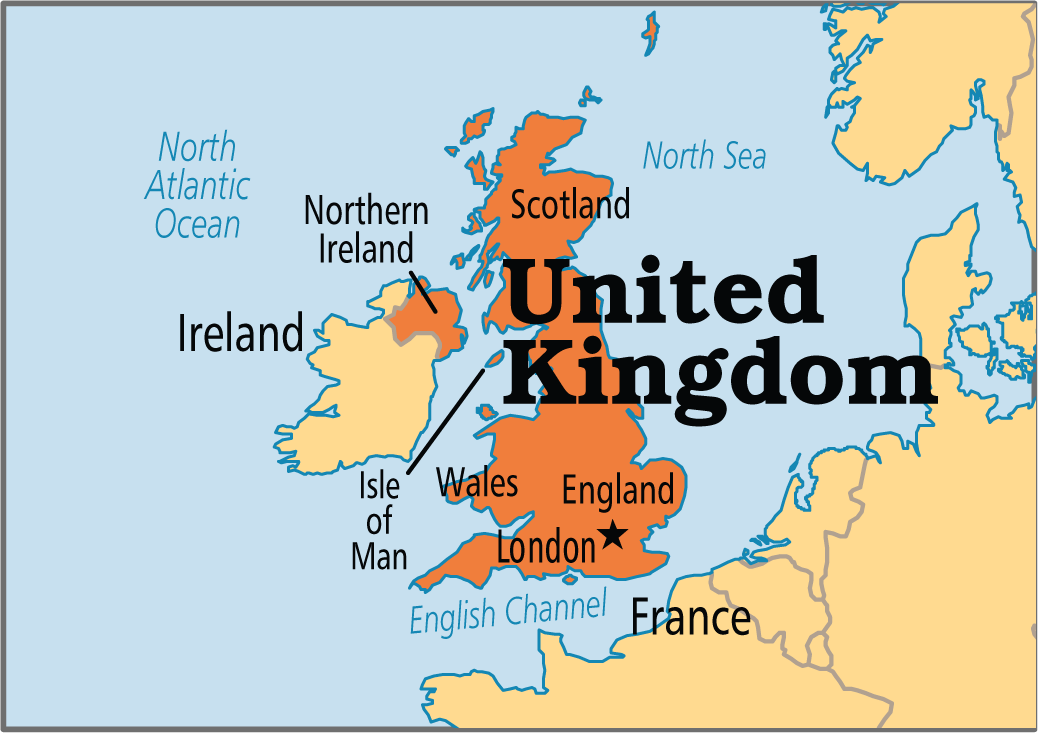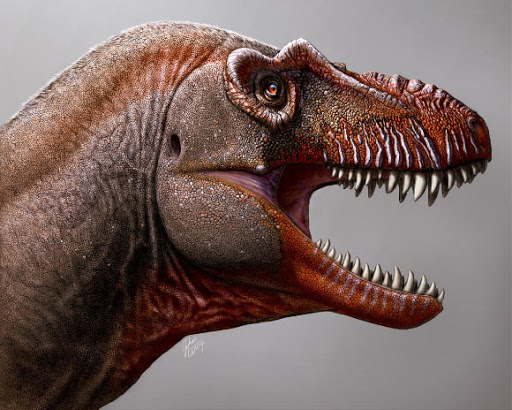Governance
Medical Equipment Notified as ‘Drugs’
Why in News
The Ministry of Health and Family Welfare has notified that medical equipment would qualify as ‘drugs’ under Section 3 of the Drugs and Cosmetics Act (D & CA), 1940 from 1st April, 2020.
- The Medical Devices Amendment Rules, 2020 were also released. The rules will also come into force from 1st April, 2020.
- The Rules state that the medical devices shall be registered with the Central Licensing Authority through an identified online portal established by the Central Drugs Standard Control Organisation (CDSCO).
- Such registration is voluntary for a period of 18 months, after which it will be mandatory.
- The move comes in the wake of years of controversy about faulty hip implants of Johnson & Johnson (J&J).
- DePuy, a subsidiary of Johnson & Johnson, engineered a hip replacement device that used metal in prosthetic components, commonly called “Articular Surface Replacement or ASR hip implant”.
Section 3 of the Drugs and Cosmetics Act, 1940
- The Central Government, after consultation with the Drugs Technical Advisory Board (DTAB), specifies the devices intended for use in human beings or animals as drugs.
Drugs Technical Advisory Board
- Drugs Technical Advisory Board is a statutory body constituted under the Drugs and Cosmetics Act, 1940.
- The function of DTAB is to advise the Central government and State government on technical matters related to drugs and cosmetics.
Key Points
- At present, only 23 medical devices have been classified as drugs. The latest notification gives a wide definition of the term medical devices.
- The devices used for diagnosis, monitoring, treatment, assistance for any injury or disability, investigation, replacement or modification or support of the anatomy or of a physiological process will come within the scope of the definition of ‘Drugs’.
- Medical equipment under this definition include implantable medical devices such as knee implants, CT scan, MRI equipment, defibrillators, dialysis machine, PET equipment, X-ray machine etc.
- Primary intended action of the device in or on human body or animals should not be pharmacological or immunological or metabolic.
- The aim is to regulate all medical devices so that they meet certain standards of quality. Besides it will also make medical device companies accountable for quality and safety of their products.
- The manufacture, import and sale of all medical devices will now need to be certified by the Central Drugs Standard Control Organisation.
- Possible Impact
- The decision is going to have a major impact on the small and marginal players, largely unorganised, in the low-value high volume segment of the medical devices industry.
- The hi-tech diagnostic imaging sector is dominated by large players and will be the least impacted.
- Concerns are being raised that the rules are very rigid and any non-conformity can be treated as a criminal offence by any drug inspector under the Act at his discretion.
Way Forward
Merely expanding the scope of regulation to all devices is not enough in a moment of growing number of safety disasters involving devices. Hence,there is a pressing need for framing of a new medical devices act.
Governance
International Day of Women and Girls in Science
Why in News
The International Day of Women and Girls in Science is celebrated on 11th February every year to promote full and equal access to and participation in science for women and girls.
- The UN General Assembly designated the Day in 2015.
- It is implemented by the United Nations Educational, Scientific and Cultural Organization (UNESCO) and UN-Women, in collaboration with institutions and civil society partners.
World-wide Scenario
- Women in STEM:
- UNESCO data from 2014-16 shows that only around 30% of female students select STEM (Science, Technology, Engineering and Mathematics)-related fields in higher education.
- Female enrolment is particularly low in information technology (3%), natural science, mathematics and statistics (5%) and engineering and allied streams (8%).
- Research as a Profession:
- According to a 2018 fact sheet prepared by UNESCO on women in science, only 28.8% of researchers are women.
- UNESCO defines researchers as “professionals engaged in the conception or creation of new knowledge”.
- According to a 2018 fact sheet prepared by UNESCO on women in science, only 28.8% of researchers are women.
- Share in Nobel Prizes:
- Between 1901 and 2019, 334 Nobel Prizes have been awarded to 616 Laureates in Physics, Chemistry and Medicine, of which just 20 have been won by women.
- Share in Abel Prizes:
- In 2019, the American mathematician Karen Uhlenbeck became the first woman to win the Abel Prize, following 16 male mathematicians.
- The Abel Prize is a Norwegian prize awarded annually by the King of Norway to one or more outstanding mathematicians.
- Share in Fields Medals:
- The Fields Medal so far has also been awarded to only one woman mathematician, the late Maryam Mirzakhani of Iran, as opposed to 59 men since 1936.
- The Fields Medal is awarded every four years by the International Congress of Mathematicians to recognize outstanding mathematical achievement for existing work and for the promise of future achievement.
National Scenario
- Women in STEM:
- The female enrolment in science streams rose from 2010-11 to 2015-16.
- According to the NITI Aayog report in 2015-16, 9.3% of female students in Undergraduate (UG) courses were enrolled in engineering, compared to 15.6% across genders. Conversely, 4.3% of female students were enrolled in medical science, compared to 3.3% across genders.
- Research as a Profession:
- Only 13.9% of women are work as a researcher in India. At master’s and doctoral levels, female enrolment remained lower than overall enrolment. .
- Presence at Technical Professions:
- The NITI Aayog report has also found that in over 620 institutes and universities, including IITs, NITs, ISRO, and DRDO, the presence of women was 20.0% among Scientific and Administrative Staff, 28.7% among Post-Doctoral Fellows, and 33.5% among PhD scholars.
Way Forward
- Interventions geared to popularising subjects such as Engineering or the Physical sciences or Chemistry among female students at the school level in both urban and rural areas might be helpful in changing mind-set.
- Gender equality in science and technical fields is necessary to achieve Sustainable Development Goal (SDG) 5 worldwide.
- SDG 5 aims for gender equality worldwide.
Governance
Scheduled Tribes in Karnataka
Why in News
Recently, the Lok Sabha passed the Constitution (Scheduled Tribes) Order (Second Amendment) Bill, 2019.
- It seeks to include the Parivara and the Taliwara communities in the Scheduled Tribes (ST) category to ensure they get a reservation and other benefits provided by the government.
- The Siddi tribes of Belagavi and Dharwad would also be included in the category apart from those living in the Uttar Kannada districts of Karnataka.
- The Bill was passed in the Rajya Sabha in 2019 and it will amend Part VI of the Constitution (Scheduled Tribes) Order, 1950, that specifies the tribal and tribal communities which are deemed to be Scheduled Tribes.
- Part VI of the order contains the list of Scheduled Tribes in Karnataka.
Parivara and Taliwara
- It is estimated that the population of the Parivara community at roughly 2.58 lakh and that of the Taliwara community at 8.6 lakh.
- It added that most people from these communities live in Mysore, Chamrajanagara, Mandya and Tumkur districts and a “thin population” resides in Udupi, South Canara and North Canara districts of Karnataka with a majority of them employed as coolies, engaged in collecting firewood, husbandry and the cottage industry, thereby leading a life of lower status.
- The study states that the communities’ life cycle rituals, language, lifestyle, the standard of living, physical features, socio-economic and educational status and their geographical isolation are similar to that of Beda, Nayaka and Valmiki which are already included in the ST category in the state of Karnataka.
- As per the government, Pariwara and Taliwara are socially, politically, economically and educationally backwards.
Siddi Tribe
- The Siddi community is also known by different synonyms such as Habshi and Badsha.
- It is believed that they are of African origin because they clearly show the Negroid racial strain in their physical features.
- Descendants of Bantu people of East Africa, Siddi ancestors were largely brought to India as slaves by Arabs as early as the 7th Century, followed by the Portuguese and the British later on.
- When slavery was abolished in the 18th and 19th centuries, Siddis fled into the country’s thick jungles, fearing recapture and torture.
- At present, the Siddis are living on the western coast of Gujarat, Maharashtra and Karnataka states. In Karnataka, they mainly live in Dharwad, Belagavi and Uttar Kannada districts.
- In India, the Union government in 2003, classified Siddis under the list of Scheduled Tribes.
- They are included in the Centre’s list of Particularly Vulnerable Tribal Groups
- Previously they depended on hunting and gathering but at present, their main source of livelihood is labour and agriculture.
Biodiversity & Environment
Melting of Thwaites Glacier
Why in News
Recently, a new study has detected the presence of warm water at a vital point beneath the Thwaites glacier as the cause of its melting.
Key Points
- The study has observed that the temperature of the water at the grounding zone or grounding line of the glacier is two degrees higher than the freezing point of the water.
- The grounding line is the place below a glacier at which the ice transitions between resting fully on bedrock and floating on the ocean as an ice shelf.
- The location of the line is a pointer to the rate of retreat of a glacier.
- When glaciers melt and lose weight, they float off the land where they used to be situated. It makes a retreat of the grounding line.
- That exposes more of a glacier’s underside to seawater, increasing the likelihood it will melt faster. This results in the glacier speeding up, stretching out, and thinning, causing the grounding line to retreat ever further.
Thwaites Glacier
- Thwaites Glacier is 120 km wide, fast-moving glacier located in Antarctica.
- Because of its size (1.9 lakh square km), it contains enough water to raise the world sea level by more than half a metre.
- Its melting already contributes 4% to global sea-level rise each year. It is estimated that it would collapse into the sea in 200-900 years.
- Studies have found the amount of ice flowing out of it has nearly doubled over the past 30 years.
- It is important for Antarctica as it slows the ice behind it from freely flowing into the ocean. Because of the risk it faces — and poses — Thwaites is often called the Doomsday Glacier.
Important Facts For Prelims
Cauvery Delta Declared as a Protected Special Agriculture Zone
Why in News
The Tamil Nadu government has declared the Cauvery delta region as a Protected Special Agriculture Zone.
- The protected zone includes eight districts namely Thanjavur (Rice Bowl of Tamil Nadu), Tiruvarur, Nagapattinam, Pudukottai, Cuddalore, Ariyalur, Karur and Tiruchirapalli.
- Such a declaration will prevent non-agrarian projects in the region.
- The Government has emphasised that central projects on hydrocarbon exploration in the delta region cannot be implemented without No Objection Certificate (NOC) from the State government.
- The Cauvery delta region is an important agricultural region in Tamil Nadu.
- It has been seen that in the last four decades, Tamil Nadu’s food dependence on the delta has fallen from 65% to 40%. Hydrocarbon wells are one of the major reasons behind the same.
Important Facts For Prelims
Exercise AJEYA WARRIOR-2020
Why in News
The fifth edition of India-UK joint military exercise 'Ajeya Warrior' will be conducted at Salisbury Plains, United Kingdom from 13th-26th February, 2020
- The aim of this exercise is to conduct army level joint training with emphasis on counter terrorism operations
- The exercise is conducted alternatively in the United Kingdom and India.
- Other joint exercises between India and UK:
- Navy: Konkan
- Air Force: Indradhanush
Important Facts For Prelims
BBNL and Dark Fibre
Why in News
Three major telecom service providers, Reliance Jio Infocomm, Bharti Airtel and Vodafone Idea, have approached the state-run Bharat Broadband Network Limited (BBNL) to use its dark fibre. It will help the telecom service providers to cut down on their capital expenditure.
- The unused infrastructure of BBNL will be used to expand the presence in rural India and offer 4G as well as other long-term evolution (LTE) mobile telephony services.
Dark fibre
- It is an unused optical fibre that has been laid but is not currently being used in fibre-optic communications. Since fibre-optic cable transmits information in the form of light pulses, a "dark" cable refers to one through which light pulses are not being transmitted.
- Companies lay extra optical fibres in order to avoid cost repetition when more bandwidth is needed.
- It is also known as unlit fibre.
Bharat Broadband Network Limited
- It is a Special Purpose Vehicle set up by the Government of India under the Companies Act, 1956 with an authorized capital of ₹1000 crore.
- It comes under the Ministry of Communications and Information Technology.
- In 2011, it was mandated to create the National Optical Fiber Network (NOFN) in India which was later renamed as the BharatNet project in 2015.
Important Facts For Prelims
National Institute of Smart Government (NISG)
Why in News
Punjab’s Mahatma Gandhi State Institute of Public Administration (MGSIPA) and the National Institute of Smart Government (NISG) has signed a Memorandum of Understanding (MoU) for capacity building on e-government services in the State.
National Institute of Smart Government
- NISG is a not-for-profit company set up in a Public-Private-Partnership (PPP) under the recommendations of the National Taskforce on Information Technology and Software Development, with 51% equity contributed by the private sector and 49% by the public sector.
- NISG was registered as a Section 25 company in 2002 with its headquarters at Hyderabad.
- Important Stakeholders: NASSCOM, Government of India, Andhra Pradesh, IL&FS, Chhattisgarh, Meghalaya and Visakhapatnam Municipal Corporation.
- The main idea behind setting up NISG was the revolution in Information and Communication Technologies which necessitates the government to keep up with the changing environment and revolutionize the way the Government interacts with citizens and business entities.
- Initiatives
- eGov Knowledge Exchange: An initiative to develop, collate, and publish rich, relevant and authentic knowledge on e-Governance, mostly from India.
- The portal brings together the learnings and policy guidelines on the projects envisaged under the National e-Governance Plan (NeGP), and other initiatives taken by various Governments at National and State level in India.
- NISG has proposed to issue a digital Indian rupee (Central Bank Digital Rupee (CBDR), in its draft National Strategy on Blockchain.
- eGov Knowledge Exchange: An initiative to develop, collate, and publish rich, relevant and authentic knowledge on e-Governance, mostly from India.
Important Facts For Prelims
Coronavirus Disease Named Covid-19
Why in News
The World Health Organisation (WHO) has named the new coronavirus disease as ‘Covid-19’.
- The new name is taken from the words "corona", "virus" and "disease", with 2019 representing the year when it emerged (the outbreak was reported to the WHO on 31st December, 2019).
- The WHO wanted to avoid stigmatizing a country or particular group, so it chose a name that did not refer to a geographical location, an animal, an individual or a group of people.
- Moreover, the word coronavirus refers to the group of viruses it belongs to, rather than the latest strain. The latest strain has been designated ‘Severe Acute Respiratory Syndrome Coronavirus 2 (SARS-CoV-2)’ by the International Committee on Taxonomy of Viruses.
- The new strain has killed over 1,000 people in China and sickened more than 43,000 others globally.
Important Facts For Prelims
Dinosaur Fossil -Thanatotheristes
Why in News
The scientists have revealed that a dinosaur fossil, found in Alberta in Canada (2010), belongs to a new species of tyrannosaur.
- The new species has been named ‘Thanatotheristes degrootorum’ (means “reaper of death”).
- The species is the oldest tyrannosaur known from northern North America.
Key Points
- Tyrannosaurs were one of the largest meat-eating dinosaurs to have ever lived, with very large and high skulls.
- They did not have one general body type; rather different tyrannosaur species evolved distinct body sizes, skull forms and other such physical features.
- The found fossils are important to understand the Late Cretaceous period, which is the period when tyrannosaurs roamed the Earth.
- Cretaceous Period, in geologic time, is the last of the three periods of the Mesozoic Era. The Cretaceous began 145.0 million years ago and ended 66 million years ago; it followed the Jurassic Period and was succeeded by the Paleogene Period .




